
Dana-Farber Cancer Institute @danafarber.bsky.social
Harvard Medical School @harvardcellbio.bsky.social
https://puigserver.dfci.harvard.edu

onlinelibrary.wiley.com/doi/10.1002/...

onlinelibrary.wiley.com/doi/10.1002/...

www.nature.com/articles/s44...
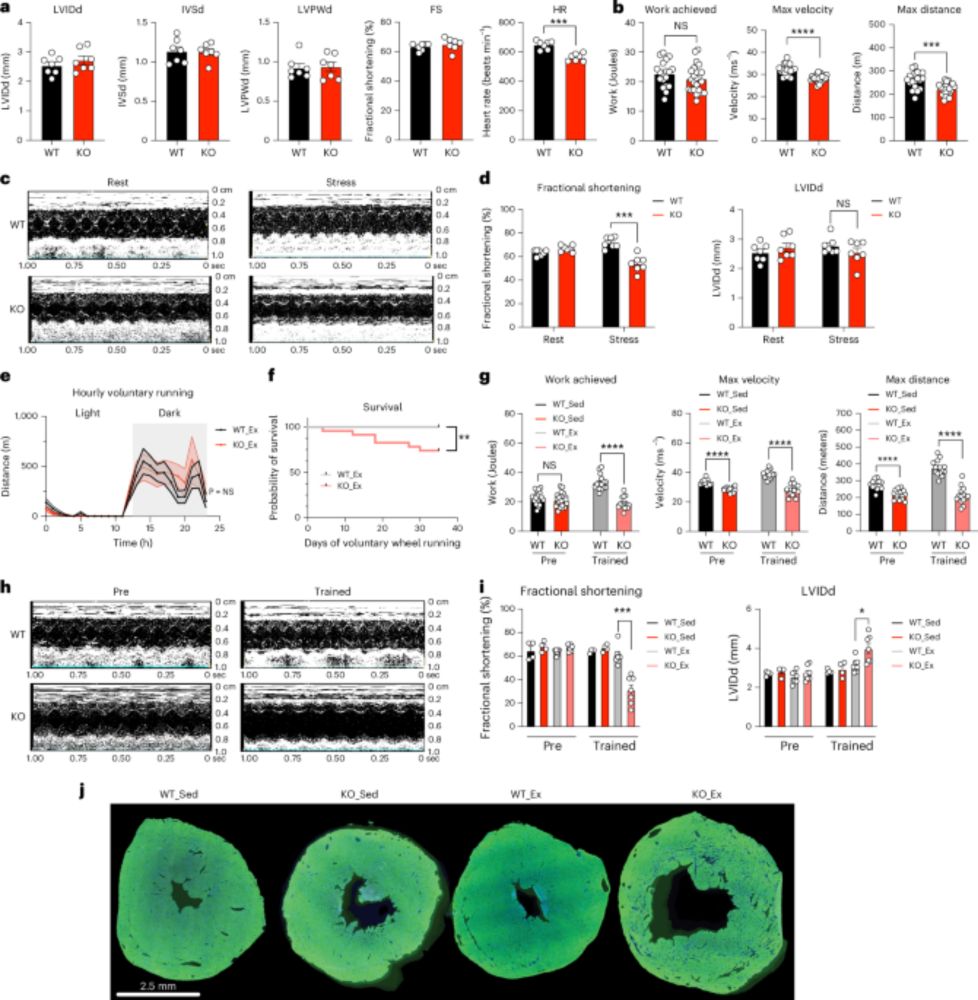
www.nature.com/articles/s44...
Read the article here: www.nature.com/articles/s44...

Read the article here: www.nature.com/articles/s44...

t.co/m71gz29mUv
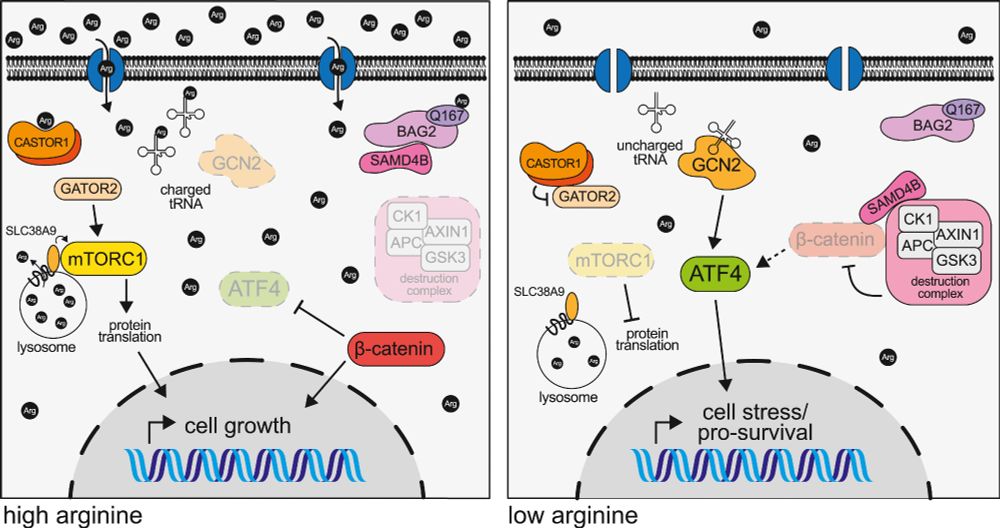
t.co/m71gz29mUv
'Skeletal muscle endothelial dysfunction through the activin A–PGC1α axis drives progression of cancer cachexia'
✏️By Young-Mee Kim, Jalees Rehman and colleagues
🔗 www.nature.com/articles/s43...

'Skeletal muscle endothelial dysfunction through the activin A–PGC1α axis drives progression of cancer cachexia'
✏️By Young-Mee Kim, Jalees Rehman and colleagues
🔗 www.nature.com/articles/s43...
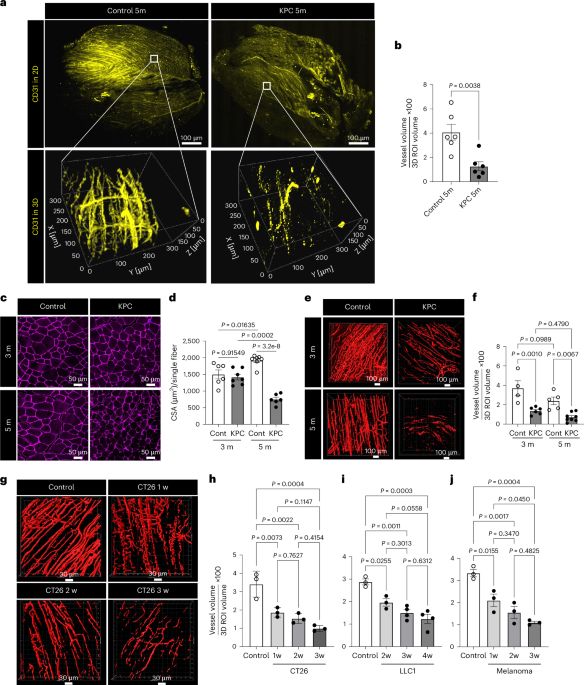
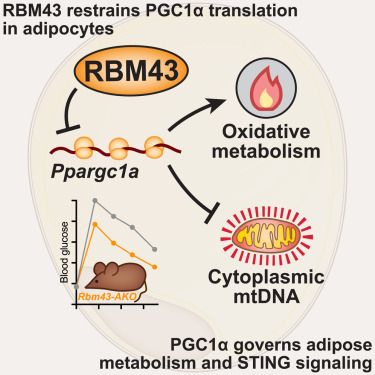
@depmap.org to uncover a new synthetic lethality in two distinct patient populations!
We found that SKI complex inactivation through two independent genomic alterations creates a dependency on PELO
#CancerResearch #SyntheticLethality #Genomics #DepMap

@depmap.org to uncover a new synthetic lethality in two distinct patient populations!
We found that SKI complex inactivation through two independent genomic alterations creates a dependency on PELO
#CancerResearch #SyntheticLethality #Genomics #DepMap
Frequent passenger mutations in genes involved in mRNA quality control lead to a dependency on PELO-HBS1L
Congratulations to the DepMap team! @vazquezf.bsky.social
#depmap #cancertarget #syntheticlethal
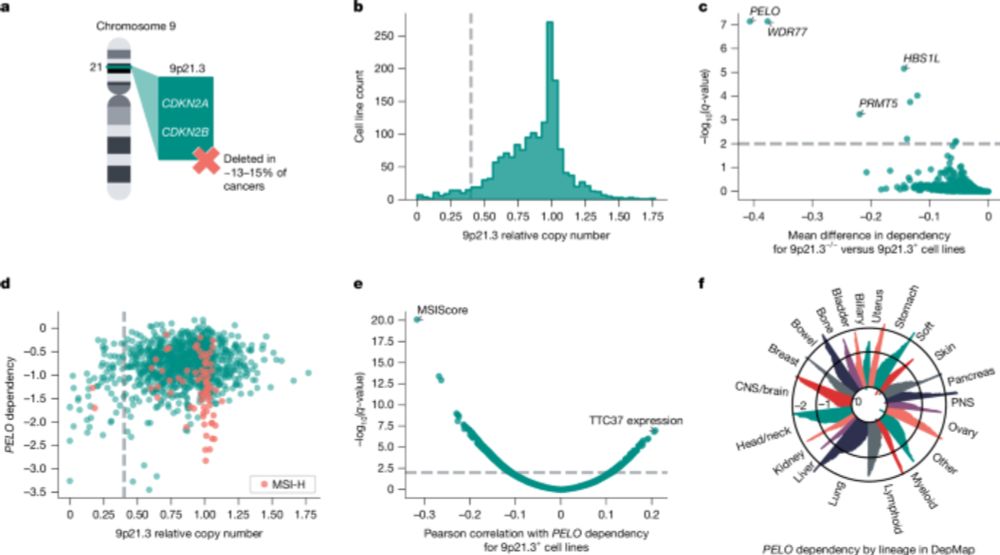
Frequent passenger mutations in genes involved in mRNA quality control lead to a dependency on PELO-HBS1L
Congratulations to the DepMap team! @vazquezf.bsky.social
#depmap #cancertarget #syntheticlethal
👉https://rdcu.be/d8atv
www.nature.com/articles/s41...

👉https://rdcu.be/d8atv
www.nature.com/articles/s41...
Puigserver and team show that genetic targeting of specific mitochondrial respiratory complex I subunits in melanoma and breast cancer cells boosts tumor immune surveillance via upregulation of antigen-processing and presentation components.
👇
www.nature.com/articles/s43...

Puigserver and team show that genetic targeting of specific mitochondrial respiratory complex I subunits in melanoma and breast cancer cells boosts tumor immune surveillance via upregulation of antigen-processing and presentation components.
👇
www.nature.com/articles/s43...

Puigserver and team show that genetic targeting of specific mitochondrial respiratory complex I subunits in melanoma and breast cancer cells boosts tumor immune surveillance via upregulation of antigen-processing and presentation components.
👇
www.nature.com/articles/s43...
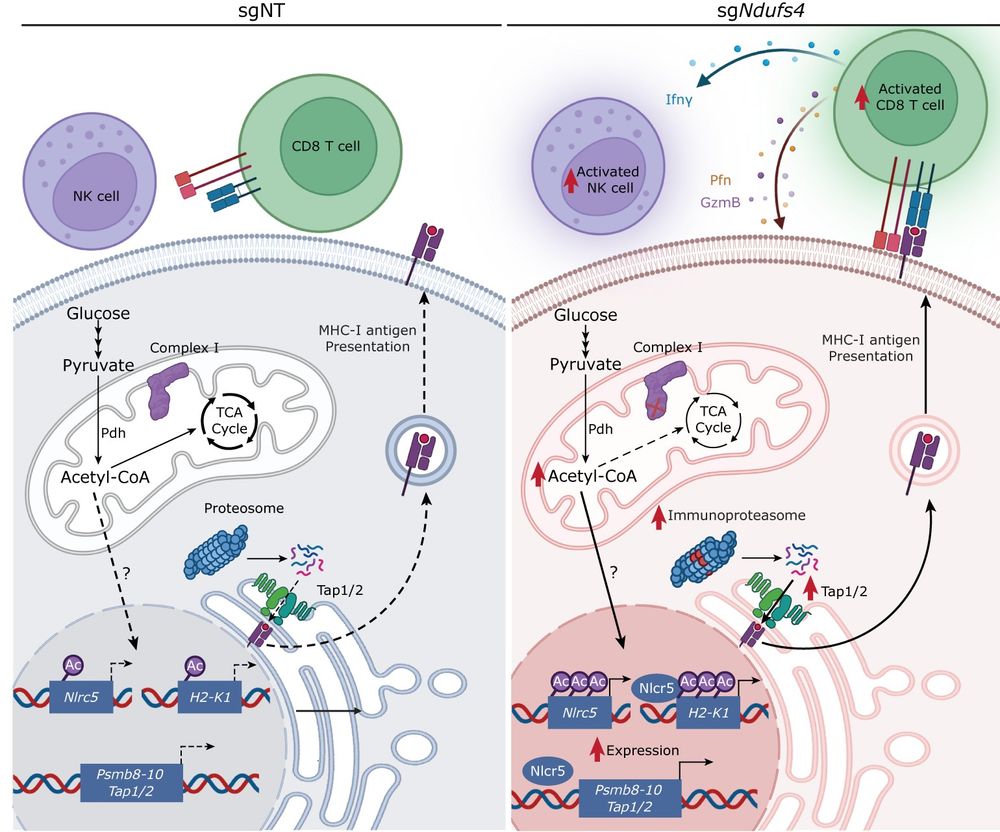
www.nature.com/articles/s43...
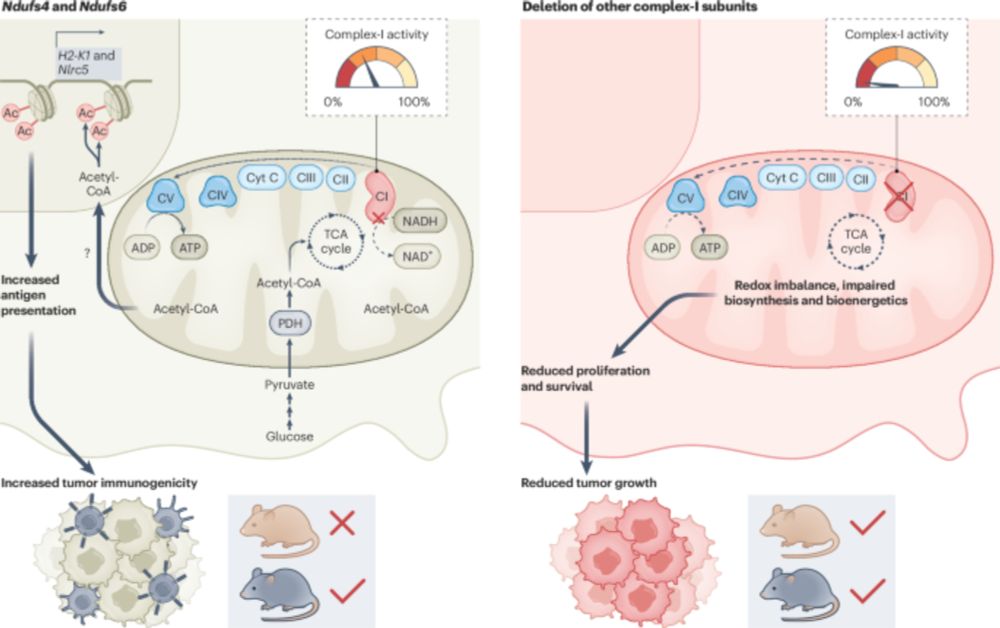
www.nature.com/articles/s43...
@ppuigserverb.bsky.social @naturecancer.bsky.social
www.nature.com/articles/s43...
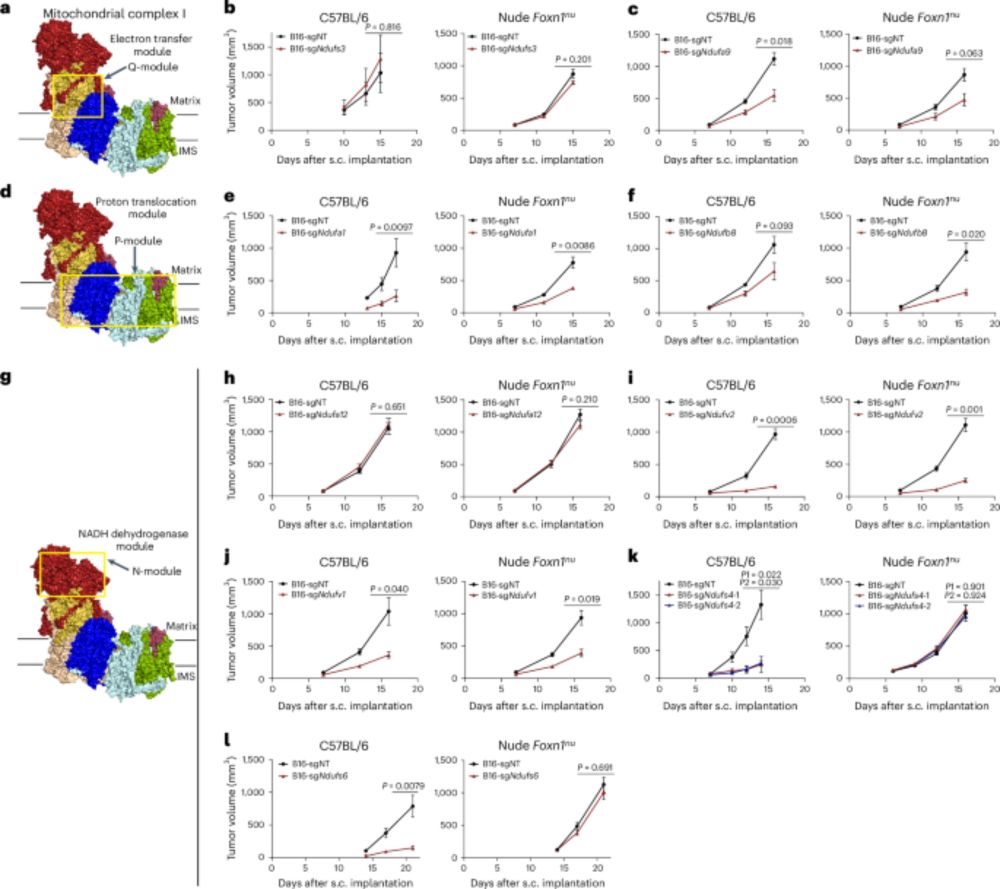
www.nature.com/articles/s43...
@ppuigserverb.bsky.social @naturecancer.bsky.social
www.nature.com/articles/s43...
Our views on a very cool paper from @ppuigserverb.bsky.social
we hope you like it!
www.nature.com/articles/s43...
Our views on a very cool paper from @ppuigserverb.bsky.social
we hope you like it!
www.nature.com/articles/s43...
www.nature.com/articles/s43...

www.nature.com/articles/s43...

rdcu.be/d5ptF
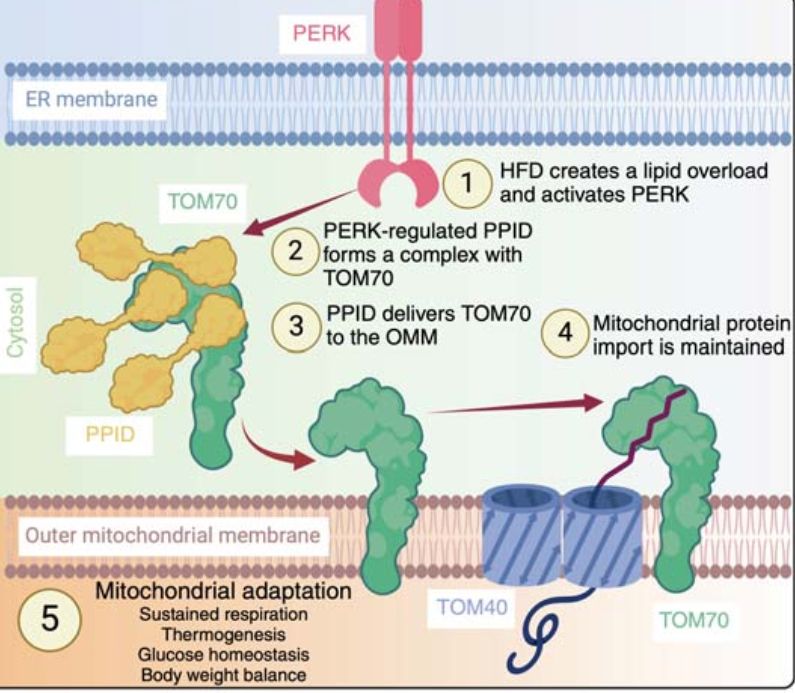
rdcu.be/d5ptF

rdcu.be/d5ptF

